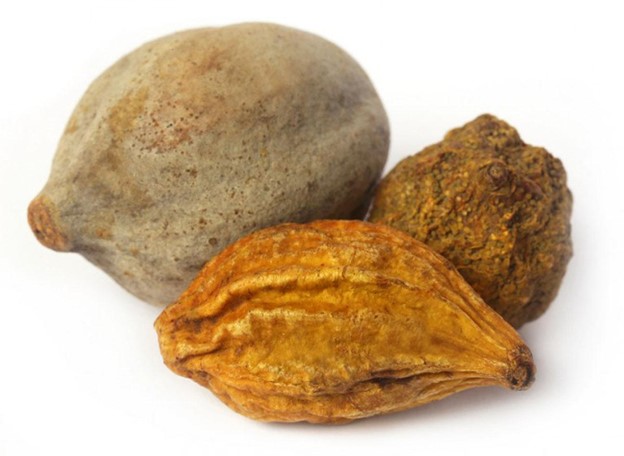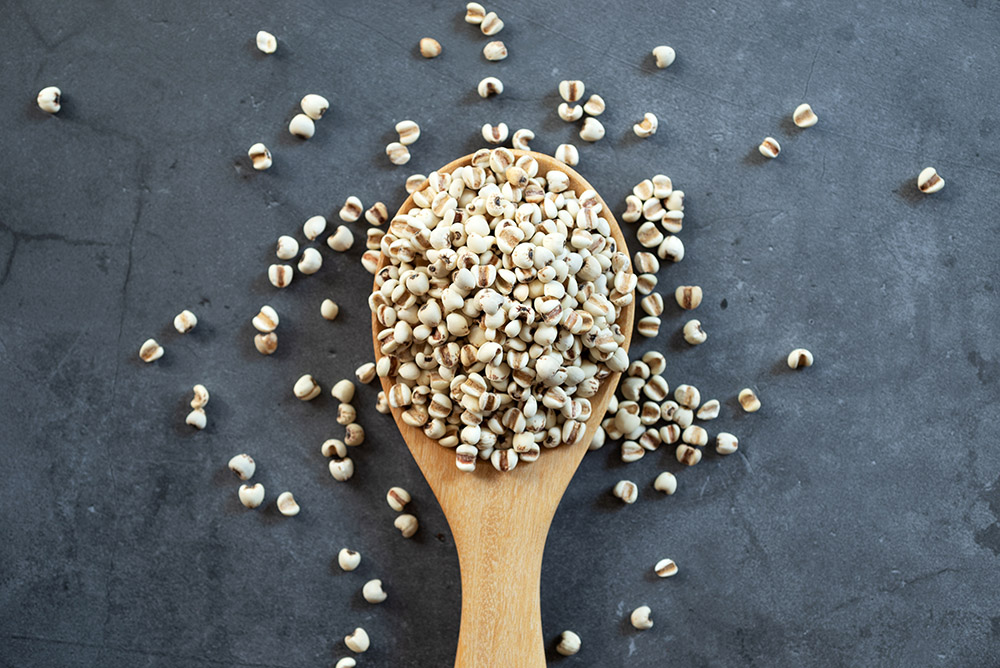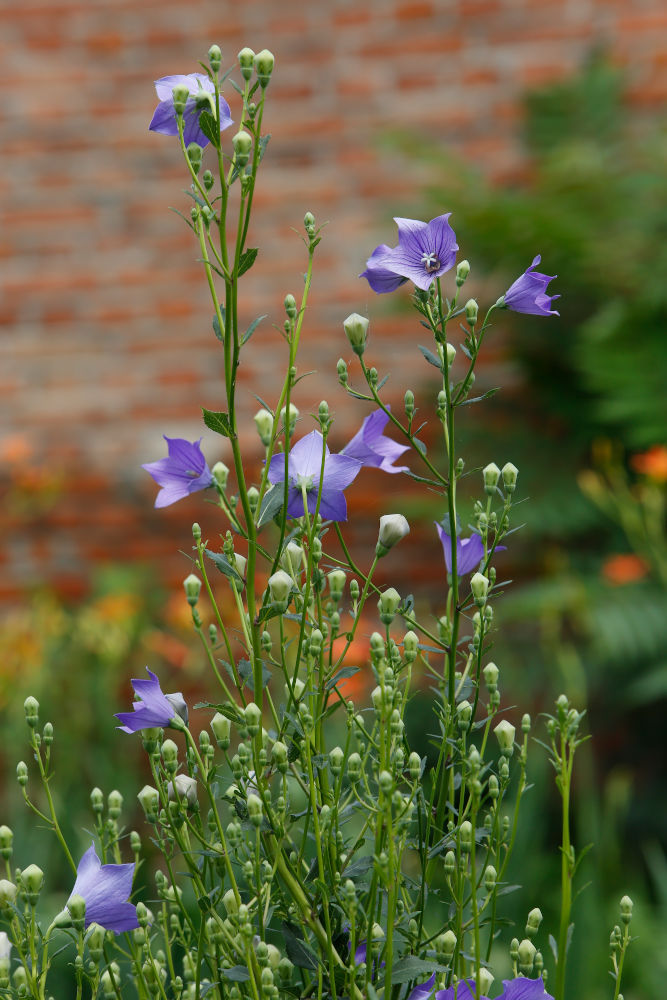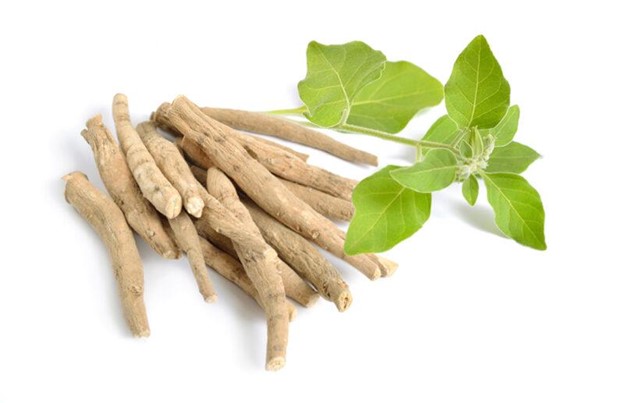Triphala and Ghee for Dry Eyes and Other Eye Problems

by Michael Tierra
Triphala consists of three phytonutrient-rich fruits Emblica officinalis (Amla, or Amalaki) also known as Phyllanthus emblica; Terminalia bellerica (Vibhitaki); and Terminalia chebula (Haritaki). Each of these eliminates all types of excess from the body. Amla clears the liver, Vibhitaki the excess of mucus, lymph, fluids, including excess cholesterol, and Haritaki treats the nervous system. All three fruits have detoxifying and bowel regulating properties.
Triphala is found as an ingredient in most ancient Ayurvedic formulas. In India it is considered a household item, taken on a regular daily or weekly basis to keep things ‘clear.’ This attests to its safety as a long-term herbal supplement. While most people experience it as a bowel regulator, having potent prebiotic properties, it treats both constipation and diarrhea.

TRIPHALA FOR THE EYES
Triphala has many other uses. One little appreciated benefit is its use for the eyes. In fact, it is known as a treatment for all eye problems, including environmental pollution, problems caused from staring at a computer or TV monitor for long stretches of time, allergies, early vision loss, blurred vision, dryness of eyes, redness, watering, and even the early stages of cataracts.
While internal use can also be of benefit for the eyes, the specific use of a triphala eyewash with the addition of a few drops of ghee (clarified butter) should be a welcome part of our morning health regime. One can form a habit to bathe one’s eyes one of more times throughout the day depending on the seriousness of the condition to be treated.
Some of the common problems for which triphala eyewash with ghee can be used is dry eyes, technically called keratoconjunctivitis sicca. It is caused when the eyes are unable to produce enough water (aqueous fluid). Dry eyes can be both a cause or a result of mild to severe eye inflammation, with the sensation of burning, irritation, and redness of the sclera, all of which can lead to more serious eye conditions.

Recently I spoke with an El Salvadoran older man who works outside each day doing heavy yard work. He complained that he had such severe dry eyes that his optometrist recommended a monthly series of platelet rich plasma injections directly into the eyeball with a hypodermic needle. After one treatment he was so scared of the process that he was ready to try anything. I set him up with some triphala eyewash and ghee and told him how to prepare it for use. After a week he found the triphala-ghee eyewash relieved his dry eye problem and cancelled all his future treatments with the optometrist.
PRP uses the rich plasma of our own blood, to treat many conditions including arthritic joint conditions just about anywhere on the body. However, many people such as my El Salvadoran friend literally dreaded the thought of having to undergo this procedure once a month for a year or longer.
Dry eye and inflammatory eye problems are common with many people as a process of natural aging. Traditional Chinese medicine considers such conditions a sign of yin deficiency and liver heat. Acupuncture points at Liver 2 and 3 give temporary relief. However, after even a single bathing of the eyes in the triphala-ghee eyewash one can experience complete relief. This should be a great benefit for those whose work involves staring at a computer screen for extended period each day.
MAKE YOUR OWN TRIPHALA EYEWASH
Supplies:
- Eye-cup (available at most pharmacies)
- Triphala powder
- Ghee (clarified butter)
- A small glass container that will hold about a quarter of a cup of solution
Directions:
Before bed, pour 1/4 cup of boiling water over ½-1 level teaspoon of triphala powder. In the morning, strain the triphala solution through a fine mesh cloth.
Slightly heating the triphala solution, add ¼ tsp of ghee.
Put a lid on the container and allow to cool to room temperature. Before each use, shake well because the ghee and the aqueous solution will tend to separate.
Simply pour a bit of the solution in an eyecup and apply it to the eye for approximately 30 seconds. Be sure to roll your eyes in the solution. Using fresh solution repeat this with your other eye. The whole process takes less than a minute and a half to do both eyes and it should feel for refreshing and healing, because it is.
I found that the remainder of the Triphala ghee eyewash will keep if unrefrigerated in a capped container before you need to make another batch. It can be administered at room temperature or slightly warm as preferred.
Honey is also used for the eyes and there are some OTC honey and water eyedrops that you can purchase. Alternatively, you can add ¼ tsp of manuka honey to the triphala/ghee eyewash for even greater benefit. While any honey can be used, manuka honey has the advantage of treating inflammation.
Besides the common causes of dry eyes, Triphala-ghee-honey eyewash can be used for eye problems presenting with chronic medical conditions including Sjogren’s syndrome, Allergic eye disease, rheumatoid arthritis, lupus, scleroderma, graft vs. host disease, sarcoidosis, thyroid disorders, or Vitamin A deficiency.
Triphala and Planetary Herbals information.
Become an Herbalist with one of our Herbal Courses!






Responses